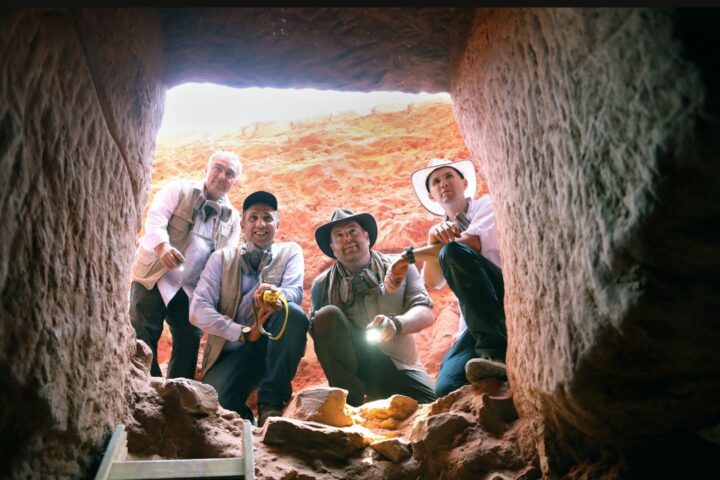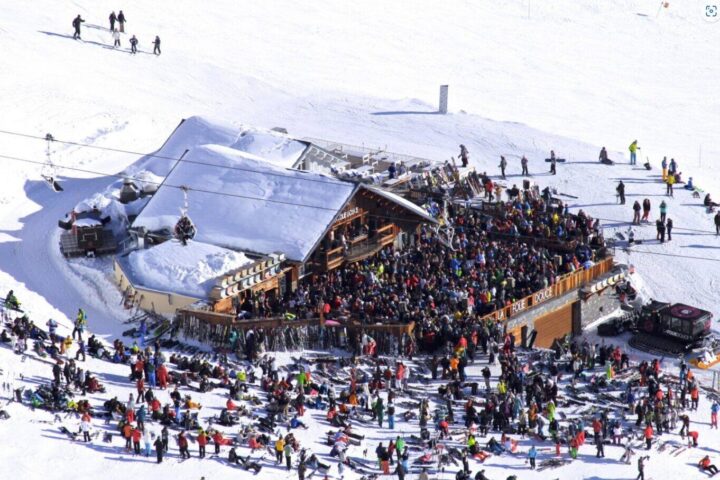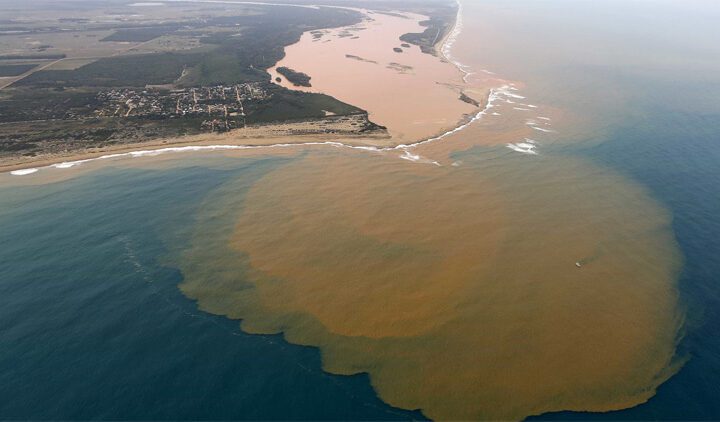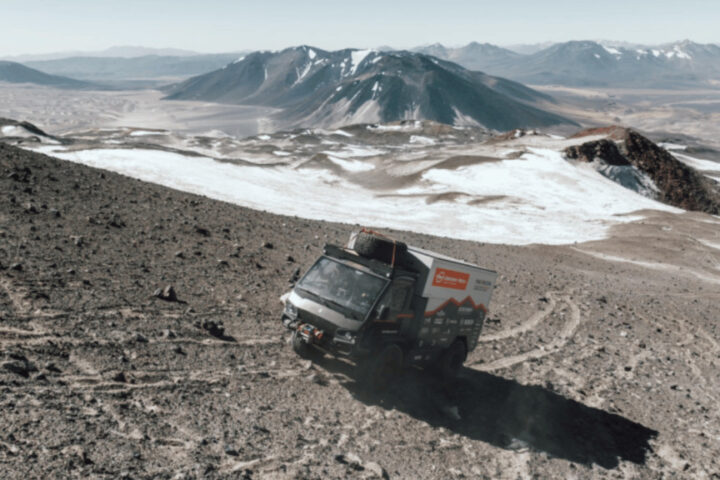In a world where climate change has become a pressing concern, Mammoth Mountain in California has presented a paradox. This year, the ski resort experienced its second-longest ski season, a feat that has left both enthusiasts and environmentalists pondering the implications.
Mammoth Mountain, nestled in the eastern Sierra Nevadas, has been a popular skiing destination for decades. This year, the resort remained open from early November until 5 August, a duration that has only been surpassed once in its 70-year history. Such an extended season was made possible due to an unprecedented snowfall, with the main parts of Mammoth receiving a staggering 700 inches of snow over the past nine months. The summit witnessed an even more impressive 900 inches.
As skiers and snowboarders enjoyed the powder, the longer season brought its own difficulties. The sheer volume of snow meant that Mammoth staff had to engage in rigorous early morning routines. Parking lots and ski lift infrastructure were buried under thick blankets of snow, requiring hours of digging. Shuttle drivers faced the daunting task of navigating treacherous terrains, and other staff members were tasked with avalanche mitigation and ensuring that skiing routes were safe and clearly marked.
Tim LeRoy, a spokesperson for Mammoth Mountain, highlighted the challenges faced by the community, stating, “That amount of snow – what’s required to keep a town running and how difficult simple tasks can be – is not to be underestimated.” Indeed, the snow was so intense that it led to the closure of Highway 395, the primary route into Mammoth Mountain, due to avalanches. Although it reopened a few days later, the incident underscores the magnitude of this year’s snowfall.
Similar Post
However, the extended ski season at Mammoth Mountain is not just a tale of nature’s bounty. It also serves as a stark reminder of the unpredictable weather patterns that are becoming increasingly common due to global climate change. While Mammoth enjoyed record snowfalls, other parts of the US west, especially the south-west, grappled with a brutal summer. Phoenix, for instance, recorded record highs, a phenomenon attributed to the heat dome that enveloped much of the region.
In an interview with NPR, Adrienne Saia Isaac, from the National Ski Areas Association, emphasized the importance of climate advocacy. She stated, “Even coming off a strong snow year, it’s important. If you love outdoors and you love outdoor recreation, it’s time to be a climate advocate.”
The longer ski season at Mammoth Mountain is great for winter sports fans, but it also reminds us of climate change. As we enjoy the snowy peaks, we must remember to protect these wonders for the next generations. Mammoth Mountain’s story is about nature’s balance and our duty to care for it.

















